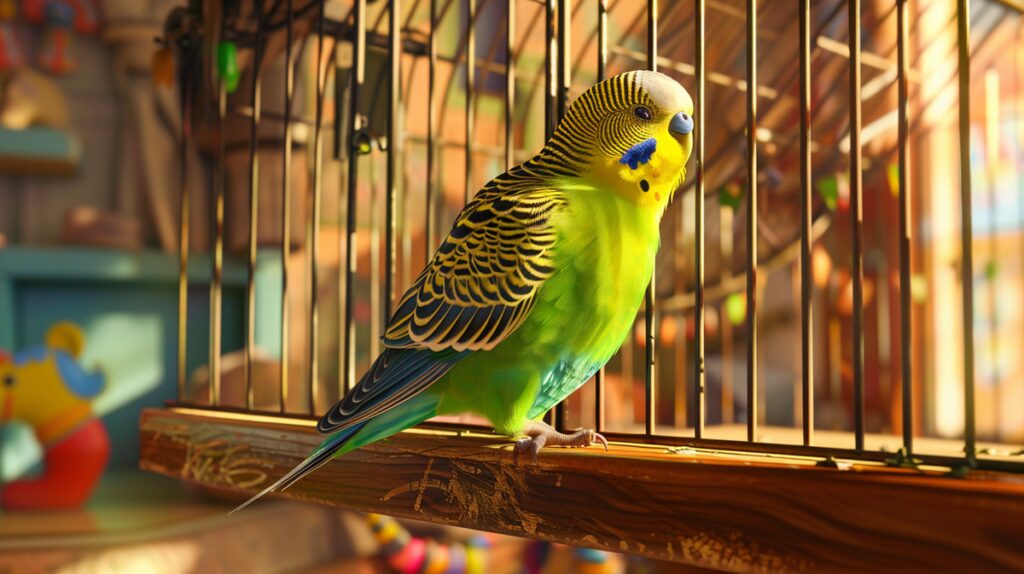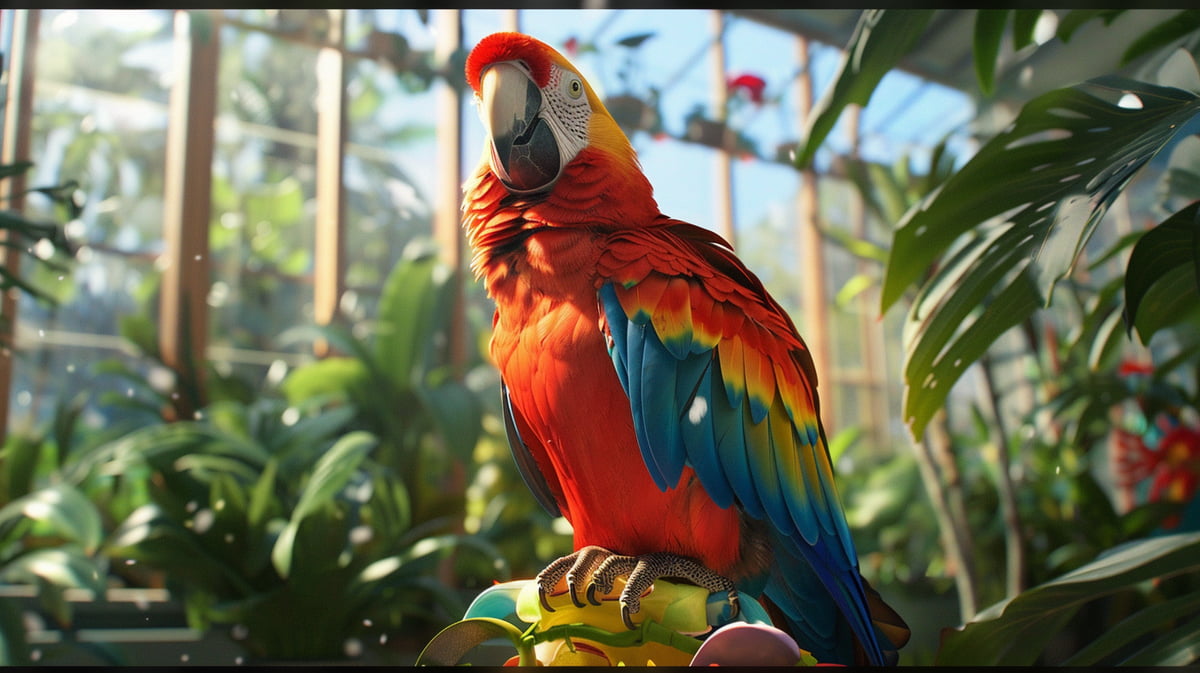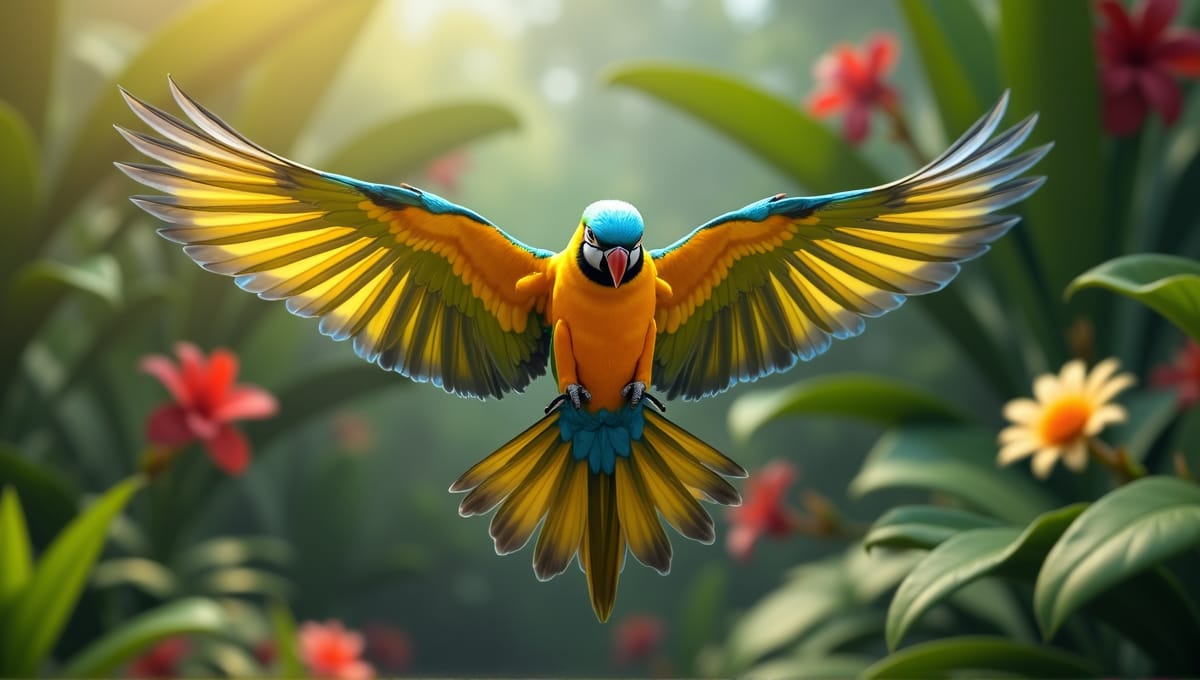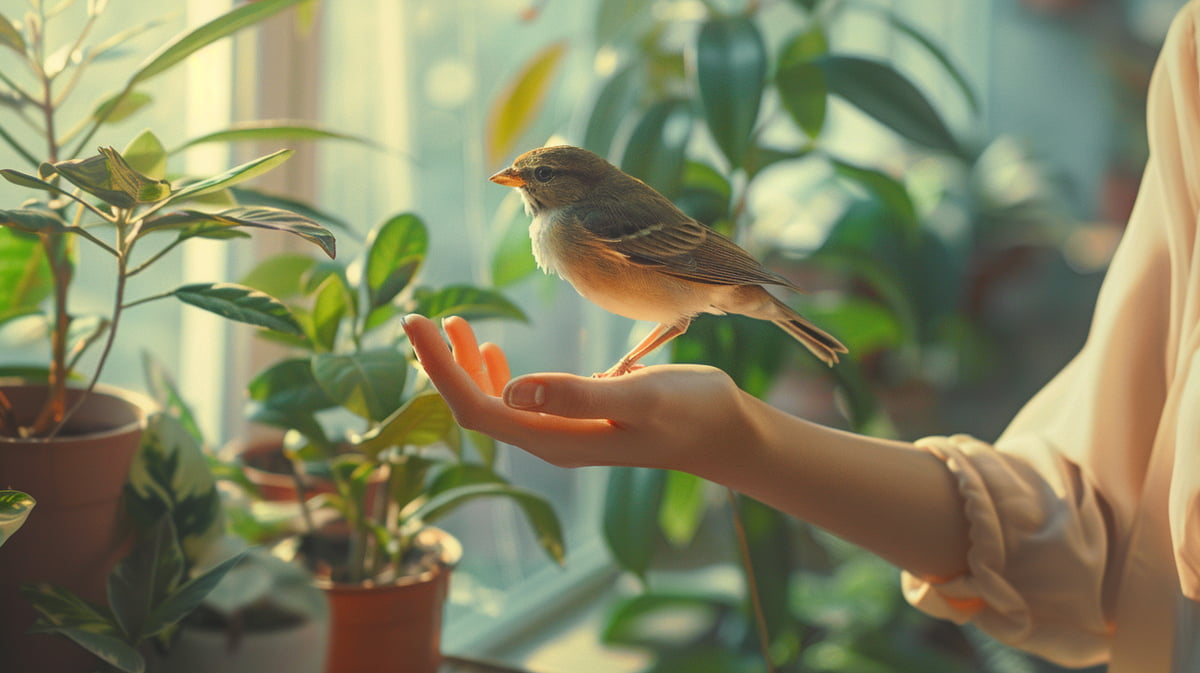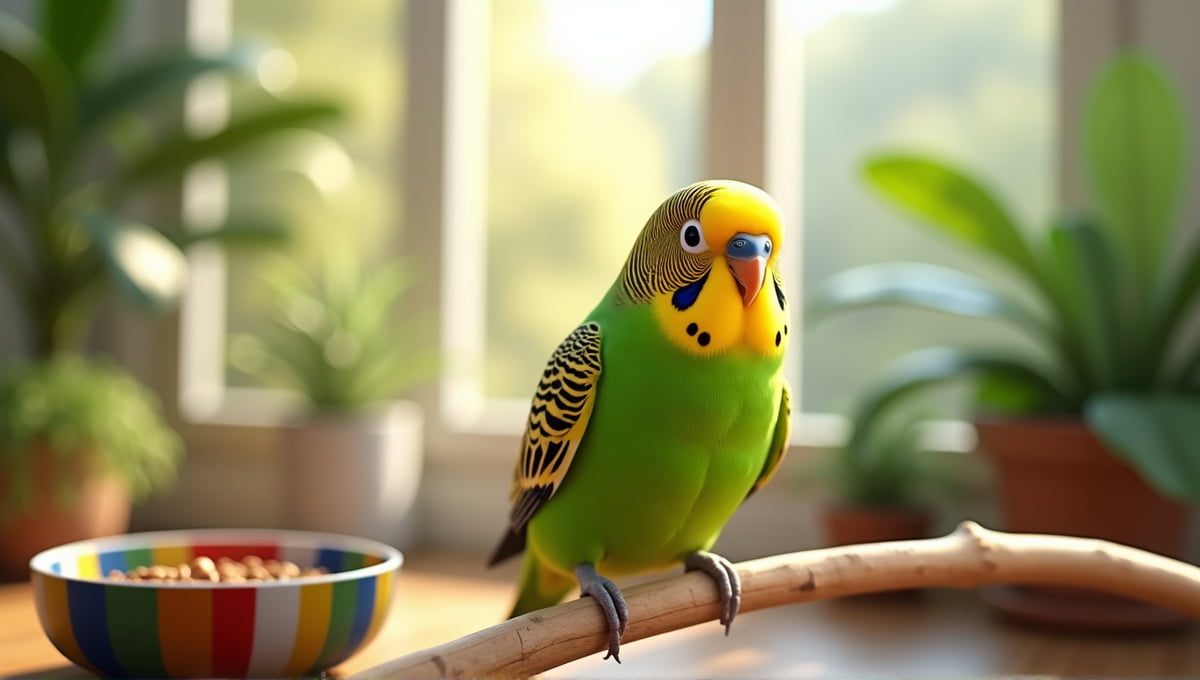As a bird specialist, I’ve researched pet birds that talk for years. You may be shocked to hear that not all parrots are capable of talking. In reality, only a select few species possess this unique talent. So, which birds talk the most, and what influences their talking ability?
Popular Talking Pet Bird Species
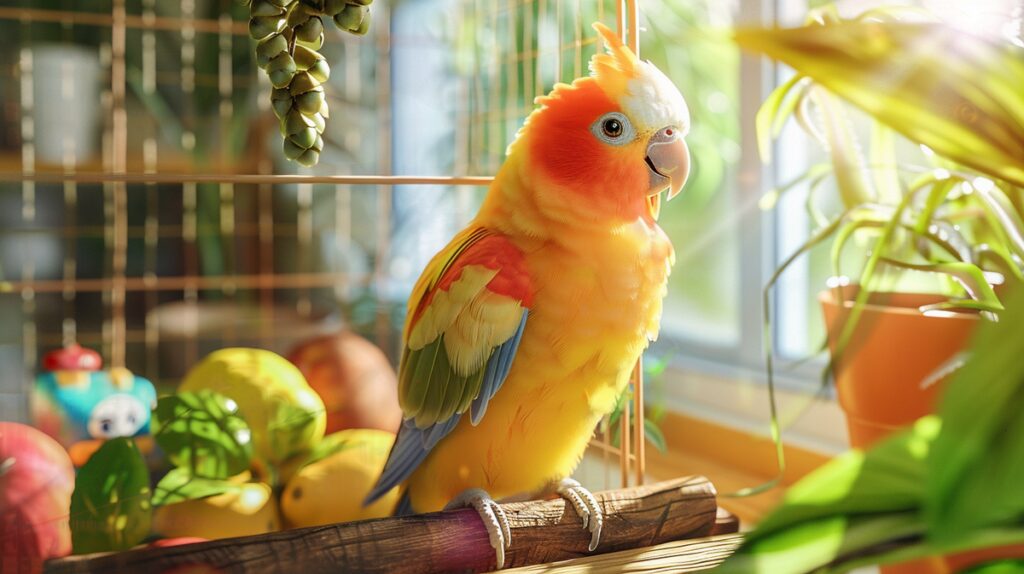
As a bird behavior expert and pet bird owner, I’ve encountered many species of talking birds. The African Grey Parrot is undoubtedly the best and most famous talking bird. These birds are incredibly intelligent and can learn about 1,000 words. Their cognitive ability is similar to a 2-3 year old child, and it’s amazing to watch them expand their vocabulary.
Amazon Parrots are also excellent talkers. They have clear speech and learn phrases quite easily.
Budgerigars, also known as Budgies, are a surprising addition to the list. Despite being small birds, some Budgies have vocabularies of hundreds of words. In fact, some Budgies hold world records for the largest bird vocabularies.
Cockatiels are great talkers as well. They learn up to 250 words and phrases and have a nice, soft voice.
Quaker Parrots are another great talking bird. They typically learn 50 words or phrases and are a lot of fun to train because they’re so cheerful.
The Indian Ringneck Parrot, Cockatoos, and Eclectus Parrots are also great talking birds. Each of these bird species has its own unique voice and learn to different extents.
Myna Birds are another great talking bird. They learn up to 100 words or phrases and the fact that they mimic a lot of different sounds is really cool.
Speech Abilities of Talking Pet Birds
When discussing bird speech, it’s essential to differentiate between mimicry and understanding. The majority of pet birds mimic sounds without understanding the meaning of the words. However, a few species demonstrate signs of understanding the meaning of a word as an object or action.
Species is the most significant factor that influences a bird’s speech capability. Some species are more natural mimics than others, so start with one of those if your sole desire is a talking bird.
Personality is the next factor. Some birds are more extroverted and eager to mimic you vocally. Age is also important. Young birds learn vocalizations better than older ones. Lastly, training and socialization is very important.
Birds exposed to plenty of socialization and vocal training will usually talk quite a bit. Vocabulary capability varies significantly by species. African Greys and Amazon Parrots frequently learn a few hundred words. Budgies and Cockatiels might learn hundreds, and some just learn a few.
Clarity and pronunciation also varies significantly from species to species. Some birds have pitch-perfect pronunciation while others have a more garbled speech.
The rare, fascinating quality of only a few species having the ability to understand the literal meaning of words. I have seen observational data of African Greys using a word within context.
Training Methods for Talking Pet Birds
Training a bird to talk requires patience and consistency, as well as positive reinforcement. Therefore, reward your bird with treats, positive attention, or praise whenever it tries to mimic sounds.
An ideal training environment is free of distractions and has a calm, positive atmosphere. Birds learn best in a quiet, peaceful environment.
Consider the age of your bird. Young birds often learn new words the fastest, but older birds can still learn with enough repetition.
There are several basic training exercises you can use. For example, the most basic word to teach your bird may simply be repeating a word, such as “hello” or your bird’s name. Similarly, you can teach words by associating the word with a specific action or object. For instance, say “apple” every time your bird eats an apple. Recorded voices can be particularly useful. Birds learn best when they hear short, clear repetitions of a word you say over and over again.
Incorporate training into your daily activities with your bird, from playing to grooming to feeding. This way, your bird listens to you when you’re training it to speak and thinks of speaking as another positive activity.
Above all, remain patient and have realistic expectations throughout the training process. Some birds learn words in a matter of days, while other birds take months, if not more. Ultimately, the journey of training your bird to talk is just as rewarding as the result itself.
Care Requirements for Talking Pet Birds
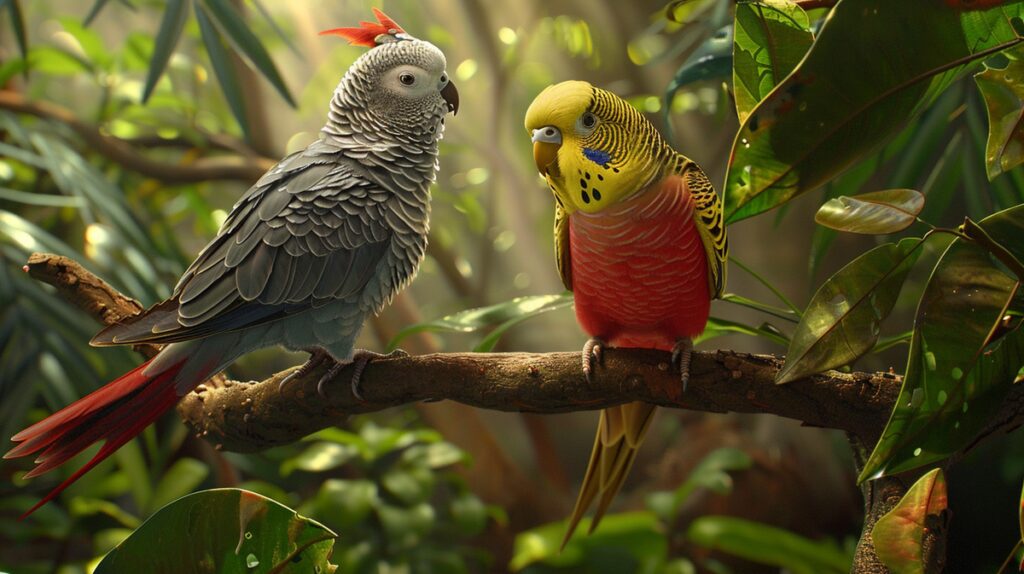
Good care is essential to keep talking pet birds healthy and happy. Birds need a spacious cage with the right perches and toys. Make sure the cage is large enough to allow the bird to fully extend its wings.
Each species has different dietary needs, but all birds require a balanced diet. You should feed your bird fresh vegetables and fruits daily and most pet birds should eat a base diet of high-quality pellets. You can also offer seeds as an occasional treat. Always avoid anything that is toxic to birds, such as chocolate, avocado, and caffeine.
Birds also need plenty of exercise and mental stimulation. Make sure your bird gets plenty of time outside of the cage in a safe environment and provide plenty of puzzles and foraging toys to ensure your bird gets mental stimulation.
Birds are also very social creatures, so make sure you spend time talking, playing, and bonding with your bird each day. Routine vet checkups are also important to keep your bird healthy.
Each bird also has unique grooming needs, such as nail trimming and occasionally wing clipping (while consulting with your vet). Some species also require beak trimming.
In addition to basic care, you also need to consider the environment in which the bird lives. Most pet birds are comfortable in temperatures ranging from 65°F to 80°F, so keep your bird at a comfortable temperature and humidity levels and ensure it has proper lighting (natural sunlight or full-spectrum artificial light is best for their health).
Pros and Cons of Keeping Talking Pet Birds
Talking pet birds are a fun and unique form of companionship. They’re highly intelligent and interactive, so each day is different and entertaining. Most species have long lifespans, meaning you could form a bond with your bird for decades. Additionally, there’s something endlessly entertaining about their speech and sound mimicking abilities.
However, they do present some challenges. Many birds are noisy creatures, and some species will produce loud vocalizations all day. Birds also create a mess in your home with feather dust, droppings, and food debris.
Birds are also high maintenance in terms of time and attention. These are incredibly smart animals, and they require daily interaction and mental stimulation. If they don’t receive this mental stimulation, it’s common for behavioral problems to emerge. The cost of food, toys, and potential vet bills definitely adds up over time.
Still, the bond you form with a talking pet bird and the entertainment they provide often make all of these challenges worth it.
Lifespan and Long-Term Commitment
Speaking pet birds often live a very long time. Here’s a quick overview:
| Species | Lifespan (years) |
|---|---|
| African Grey Parrots | 40-60 |
| Amazon Parrots | 25-60 |
| Quaker Parrots | 20-30 |
| Indian Ringneck Parakeets | 25-30 |
| Cockatoos | 30-70 |
| Eclectus Parrots | 30-50 |
| Budgerigars | 5-8 |
| Yellow-Naped Amazon | up to 80 |
| Myna Birds | up to 25 |
These long lifespans demand serious consideration. You’re signing up for decades of care. You must consider how your bird will be taken care of in the future if you can’t take care of them.
Proper care over the years is also important. Regular vet check-ups a good diet and mental stimulation all contribute to a long lifespan.
Cost Considerations for Talking Pet Birds
The upfront cost to purchase a talking pet bird can vary significantly. Some species can cost thousands of dollars, while others are more moderately priced.
There are ongoing expenses associated with talking pet birds. Food and treats will be a regular expense. You’ll also need to purchase high-quality pellets, fresh produce, and the occasional tasty treat.
Toys and enrichment items are another cost to consider. Birds need mental stimulation, so you’ll need to invest in new toys regularly.
Veterinary care is a major expense, as annual check-ups and potential emergencies can add up.
You’ll also need to purchase a cage and accessories to get started, and you may need to upgrade the cage as the bird grows.
If you frequently travel, consider the potential cost of boarding.
There are some options for exotic pet insurance to help offset unexpected vet costs.
When planning your budget for a talking pet bird, remember it’s a long-term financial investment. Many dedicated bird owners find the joy and companionship the bird provides to be well worth the cost.
Finishing off
Talking pet birds are a special and fulfilling relationship. They take dedication, time, and resources, but the pleasures of engaging with these intelligent animals are unparalleled. Just keep in mind that a talking bird is a lifetime investment.
With the proper care, training, and attention, you’ll have an interesting, loyal bird. Think about your lifestyle and what you’re realistically able to handle. Yet, with the proper planning, you can enjoy a wonderful relationship with your new bird friend.


